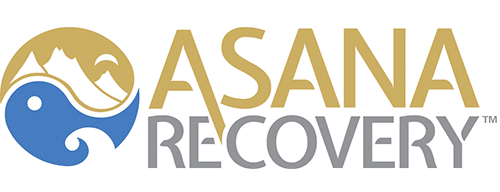Entering into a drug treatment program is the best first step forward you can take toward overcoming an addiction. Quite often, individuals dealing with addiction have a difficult time finding reliable help. Addicts that do not seek treatment are at a higher risk of developing devastating diseases or dying.
Fortunately, individuals have numerous treatment methods they can opt for in order to help with a drug or alcohol addiction. Individuals that complete inpatient drug treatment are more likely to achieve and maintain sobriety with fewer relapses. Making it through a rehab program successfully ensures individuals experience better relationships with friends and family members and they are less likely to be arrested compared to being active users.
Although any form of drug treatment is an excellent step in a positive direction, the National Institute on Drug Abuse finds that longer treatment proves to be more promising at preventing relapses when compared to short-term programs.
A recent study by the Substance Abuse and Mental Health Services Administration (SAMHSA) uncovered that nearly 90% of patients that were sober for at least two years after finishing their treatment program remained sober at the 10-year mark.
What helps to ensure patients are successful?
The access to quality health insurance is working to ensure patients are able to get the help they need. The Affordable Care Act made healthcare accessible and affordable to millions of Americans and plans are now required to offer coverage for substance abuse programs.
In addition to having quality healthcare coverage, a strong support system during and after treatment helps patients maintain sobriety long-term. In general, clients are able to stay at inpatient treatment facilities for up to 12 months if necessary. Afterward, they transition into outpatient treatment and slowly reintegrate back into their life.
There are generally three types of outpatient treatment patients are able to receive. The three levels should be used as steps back into society. The levels are:
- A partial hospitalization program. This program is designed as a next step into society immediately after inpatient treatment. Individuals will continue to benefit from high structure and support levels as they begin considering school or work options.
- Intensive Outpatient program. This program provides patients a stable atmosphere as they begin to re-enter their communities through work and school. Patients begin employing their sober living skills into real-life situations while continuing to receive treatment from therapists and other trained specialists.
- Outpatient program. The final step toward completely re-entering society is the outpatient program. At this phase, patients will actively use learned skills on a daily basis. They will transition completely into school, work, and life routines at home with family. They can continue meeting with case managers and coaches to ensure they are able to deal with difficult situations they may face and resist temptations as they come.
At Asana Recovery, we recognize the crucial importance of reintegrating back into society as well as having a strong and reliable support system for doing so. Having the right team of loved ones and professionals is a crucial part of maintaining long-term sobriety. Contact us today at (949) 438-4504 to get started today.



